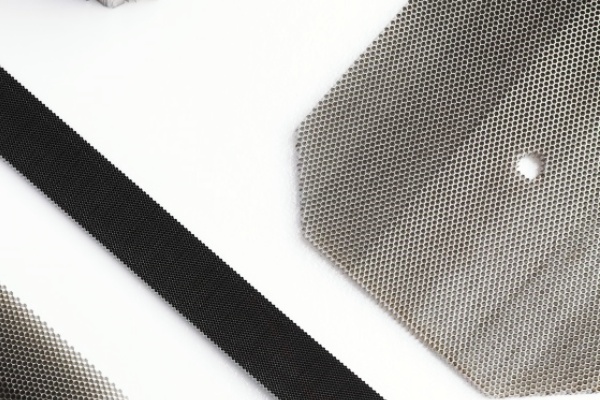To be a valuable global supplier
for metallic honeycombs and turbine parts
Release time:2025-09-28
When you look at catalyst substrates, the real challenge is how to get gases to flow smoothly while still making sure they have enough contact with the active coating. It’s a balancing act.

If the channels inside the catalyst substrate are too small, you get a lot of surface area, which is great for reaction efficiency. But the downside is higher resistance. That means the system—whether it’s an engine or an industrial blower—has to work harder to push gases through. More resistance also means more energy loss.
Now, if the channels are too big, gas flows through easily with low pressure drop, but you don’t get as much interaction with the catalyst coating. That usually lowers the conversion efficiency.
This is why the geometry of the catalyst substrate matters so much. The honeycomb design is popular because it guides gases in straight paths. That reduces turbulence, keeps the flow steady, and makes pressure drop easier to manage. Engineers sometimes adjust details like wall thickness or channel taper to fine-tune performance.
The trick is not only lowering pressure drop but also making sure the gases spend enough time in contact with the coating. If they move too quickly, the reaction won’t complete. Too slow, and you waste energy somewhere else in the system. So every design of catalyst substrates is really a compromise between flow and reaction efficiency.
From hands-on experience, the best approach is to test different structures under real operating conditions. That’s where you find the sweet spot: low resistance, steady flow, and enough surface contact to do the job well.